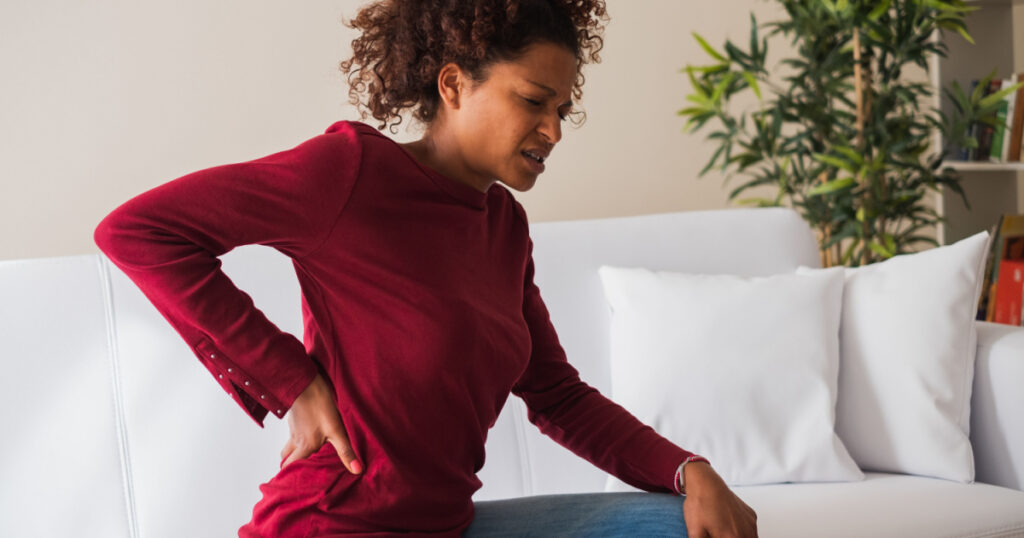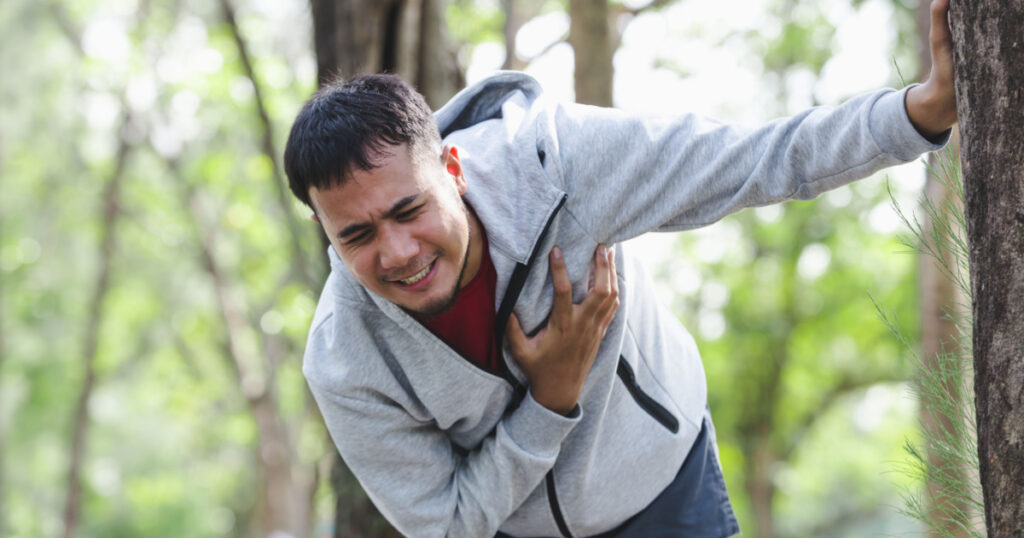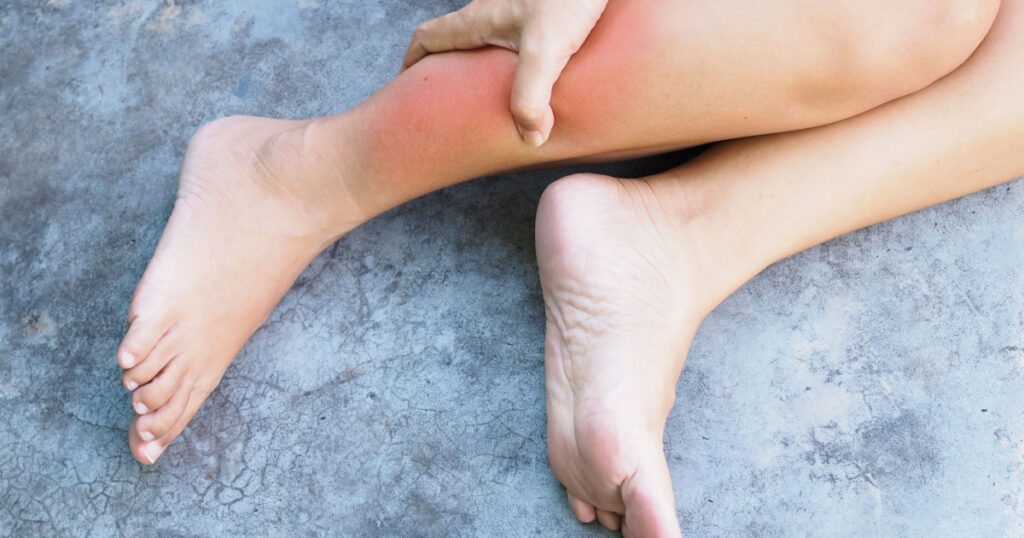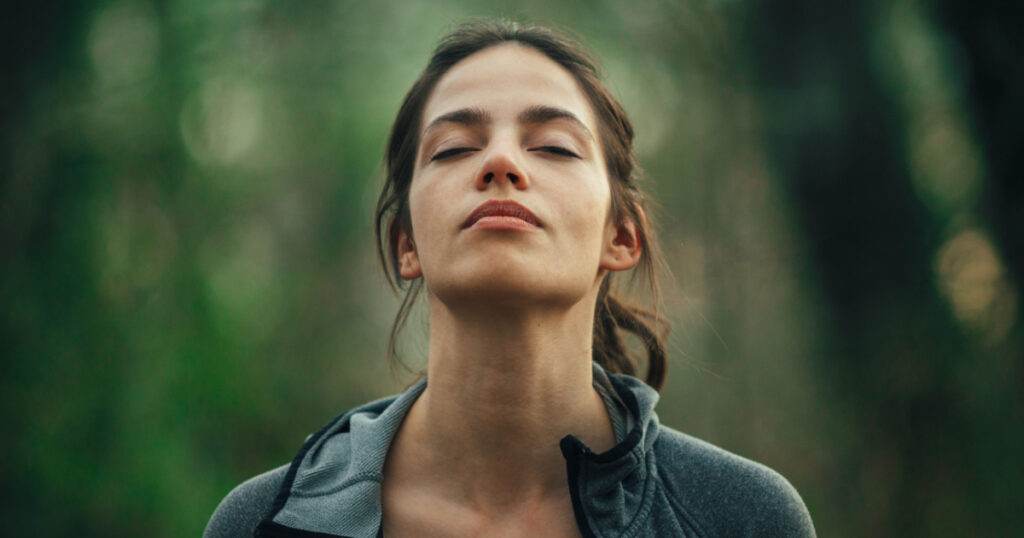Grounding, or earthing, is the practice of making physical contact with the Earth, often through walking barefoot on soil. Many studies have confirmed the health benefits of spending time in nature, although few people need scientific research to know that the outdoors makes them feel more vibrant and relaxed. Grounding takes this idea a step further by making direct contact with the earth. Earthing expert and author Clint Ober states the benefits come from Earth’s natural electricity. “Anything that is conductive (like a ground rod, metal, a human body, an animal) that touches the earth, the body absorbs electrons from the Earth and equalizes with the Earth.” He believes that these electrons are the key to grounding’s health benefits, but other experts are not so sure. [1]
Grounding Case Studies
Critics of earthing say there is not enough proof to support the health claims, adding that researchers would have difficulty getting this evidence because of a potential placebo effect. “Unfortunately, we probably won’t have the type of robust randomized-control trials on earthing that we would have for other medical and wellness interventions, but that doesn’t mean there’s no benefit,” says Dr. Michael Daignault, an emergency room doctor in Los Angeles.
Most of the research done on earthing are case studies, which provide limited results because of the aforementioned placebo effect as well as researcher bias and small test groups. That being said, several case studies did show improvement after trying grounding. For instance, one middle-aged woman experienced better circulation and less pain after four nights of sleeping on a grounded sleeping apparatus. Infrared imaging also showed a decrease of inflammation in her limbs. Another case study involves a woman with insomnia and chronic pain, but after four nights on the grounded sleeping device, she felt a dramatic reduction of pain and inflammation. An 85-year-old man felt improvement after only two nights on the device, feeling lessened pain and inflammation. The list of case studies continue. [2] Even though this isn’t strong proof, grounding is a low-risk, low-cost practice that might be worth a try, especially for those who enjoy the outdoors.
The Potential Benefits of Grounding
Improve chronic fatigue

Chronic fatigue syndrome is a long-term illness charatarized by sleep issues and severe fatigue. Some people with it find that exercise improves their symptoms, as do relaxation and breathing techniques. [3] Both of these management tools can be taken outside and done alongside grounding. For example, people can try walking or doing calisthenics barefoot or or meditating while sitting on the ground and placing their hands on grass. Alternatively, they can relax in a chair while their bare feet touch the earth.
Improve chronic pain

Many people around the world deal with chronic pain, whether its arthritis, headaches, or pain in the joints, back, or neck. It often takes trial and error for patients to manage their symptoms, and grounding may become another helpful tool in their arsenal. One study followed participants recovering after exercise, and those who applied earthing patches to their skin reported lower pain levels. [4]
Alleviate anxiety and depression

Research already has proved that spending nature can do wonders for people’s moods, especially when it’s combined with exercising, like hiking, walking in natural parks, or gardening. Even doing passive activities in a green space can positively affect wellness. In fact, a small study found that earthing for one hour can greatly improve people’s mood.
Improve sleep

Sleep issues are unfortunately common for a plethora of reasons. One study documented 12 participants suffering from sleep problems due to pain. So for 8 weeks, the participants slept using a grounding mat that connected to the earth through a wire and a metal rod. During this time, the researchers found that participants’ cortisol levels lowered — which can lead to reduced stress levels — and most of the people involved reported less pain and better sleep. [5]
Reduce blood pressure levels

Hypertension is a condition where blood pressure is too high. People usually can’t feel any symptoms but the condition could lead to more severe issues if left untreated, such as a higher risk of heart attack and stroke. This is why it’s important to have regular blood pressure checks. Fortunately, one treatment study discovered that long-term grounding therapy helped lower blood pressure levels for participants with hypertension.
Reduce inflammation

One review analyzing previous studies and testimonials about earthing called the practice the potential “anti-inflammatory antidote for modern man.” Although more research is needed to prove this claim, much research has already been done about the effects of chronic inflammation. Namely, it could damage healthy tissue and weaken the immune system, which could lead to inflammatory illnesses. The review recommends grounding as a natural therapy as it is “ free, easy to implement, and improves quality of living.” [6]
Lower stress levels

As mentioned already, nature already has stress-reducing effects on people, in addition to improving their moods. Grounding is a way to “plug in” to these benefits on a deeper level. While outside, people may experience even more relaxation by focusing on their five senses, such as the smell of flowers, the sound of birds, and if they are grounding, the feeling of the sand under their feet or the grass under their fingers.
How to Practice Grounding
There are multiple ways to perform earthing. The basic idea is to make direct contact with the earth, so this could include standing or walking barefoot, or placing your hands onto soil or grass. People can engage in this exercise casually, like when they walk on the beach or garden with their bare hands. Other ways to perform it include sitting with your bare feet on the earth, lying on the ground with your back, legs, or arms exposed, or even by dipping into a lake, ocean, or other natural body of water. But walking without shoes is not always feasible depending on the season and climate. Therefore, experts have manufactured grounding devices that connect to the earth through a cord or wall. These devices can include footwear, mats, or bands for wrists or ankles, and can be used inside. [7]
Ober recommends people try grounding for half an hour a day, but he adds that any amount of time can be beneficial. “Just walk outdoors, take your shoes off and put your bare feet on the ground. And if you’re older and you have to sit, grab a chair and sit it in the backyard or even on the concrete patio,” he says. “You will notice all of that tension in your body release.”
Sources:
[1] Sara M. Moniuszko. “Have you heard of ‘grounding’ or ‘earthing’? What it is and why it’s getting attention.” USA Today. August 10, 2022
[2] “20 Medical Thermography Case Studies.” Ultimate Longevity.
[3] “Treatment: Myalgic encephalomyelitis or chronic fatigue syndrome (ME/CFS).” NHS. October 29, 2021
[4] Eleesha Lockett, MS. “Grounding: Exploring Earthing Science and the Benefits Behind It.” Healthline. March 27, 2023
[5] James L Oschman. “The effects of grounding (earthing) on inflammation, the immune response, wound healing, and prevention and treatment of chronic inflammatory and autoimmune diseases.” NIH. 2015
[6] Stephen T. Sinatra. “Grounding – The universal anti-inflammatory remedy.” Science Direct. February 2023
[7] Sarah Bence. “All About Grounding: Techniques to Connect to Nature.” Very Well Health. June 14, 2023

